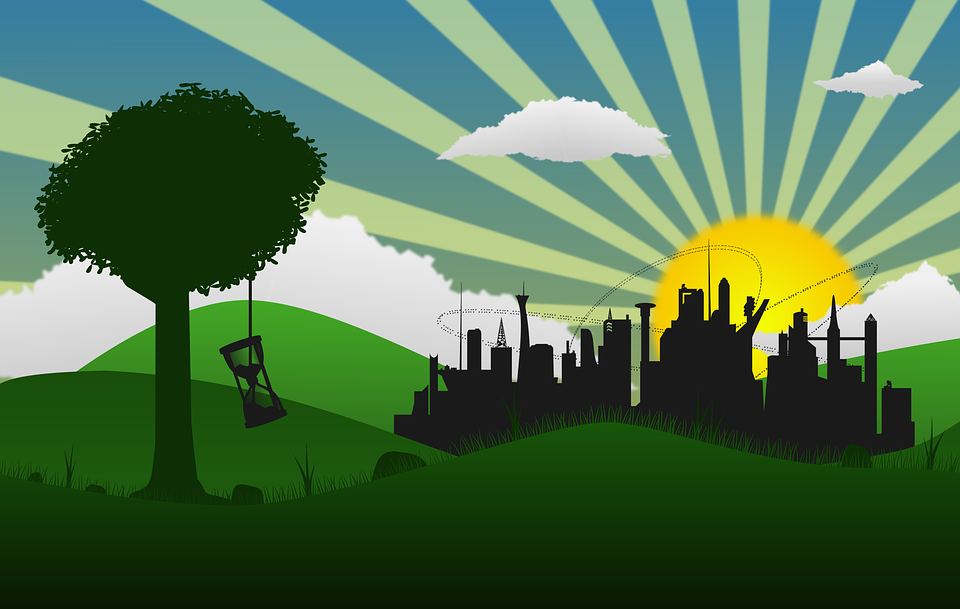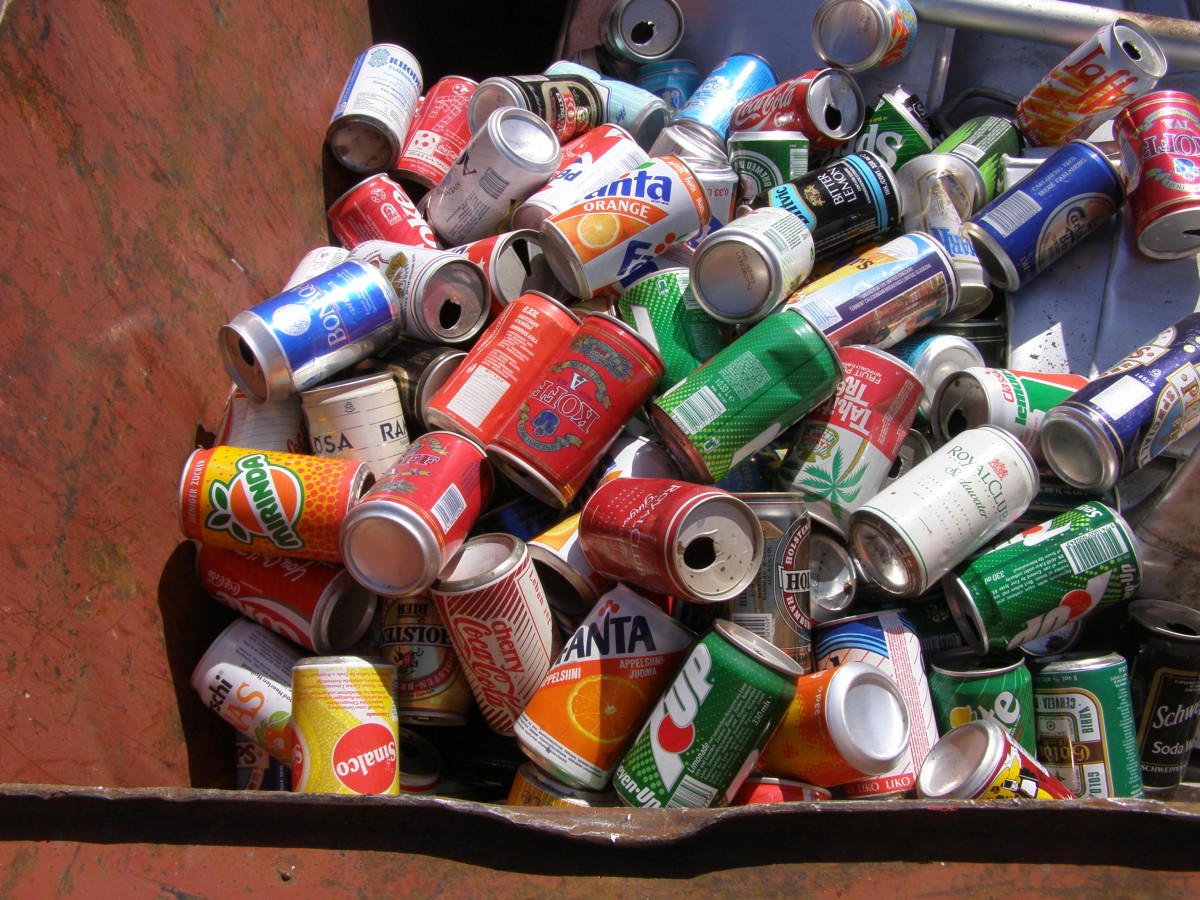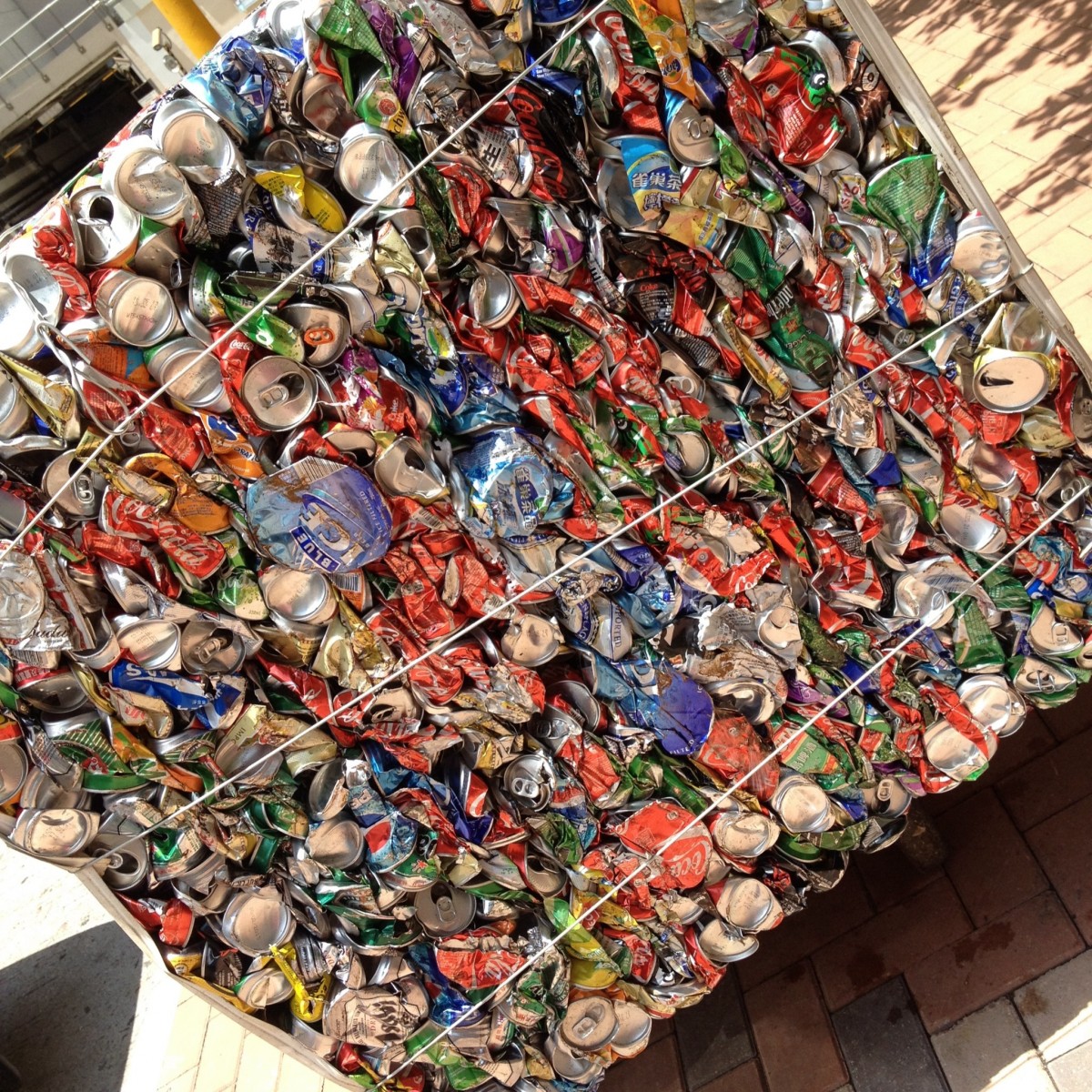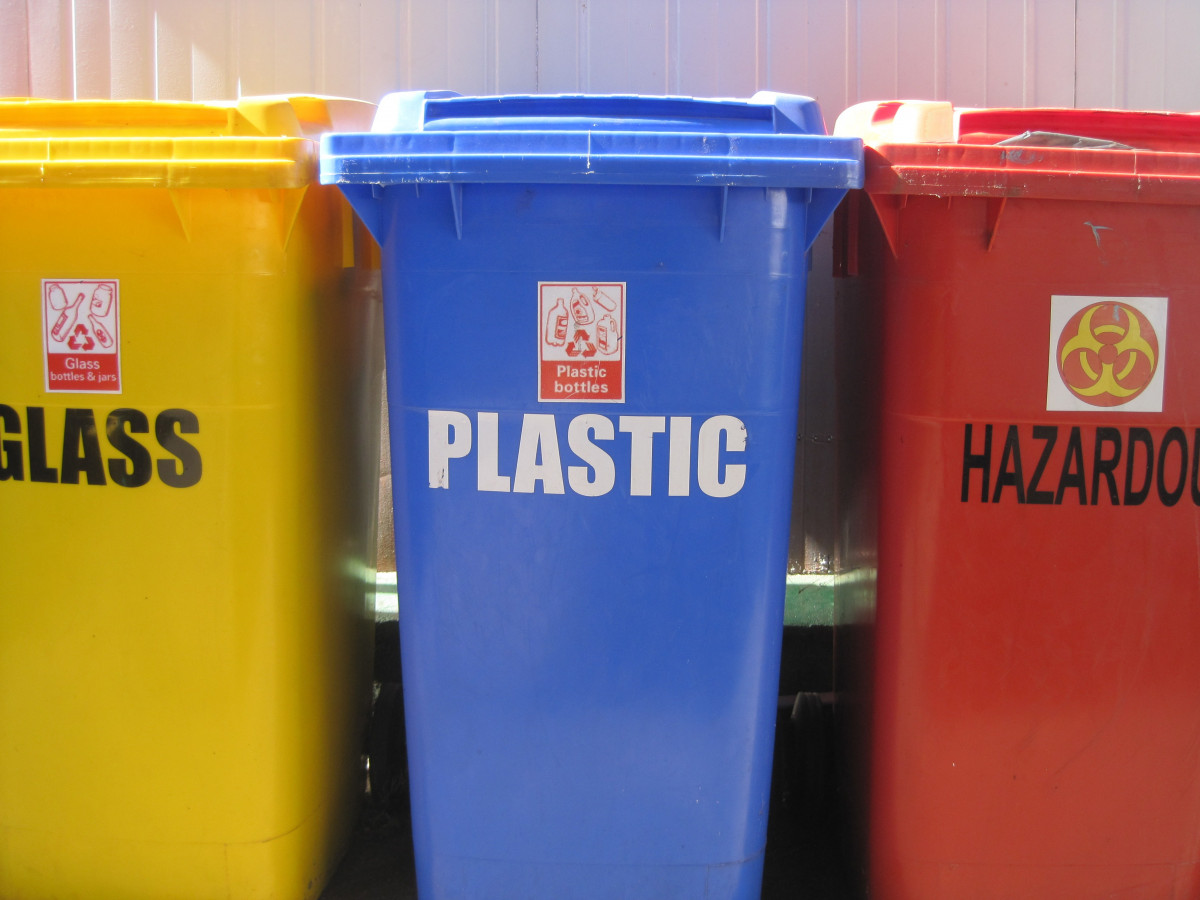Sustainable development is the concept that defines the need for transition and change that our planet and its inhabitants need to live in a more equitable, healthy, and environmentally friendly world.
A model for the organization of society:
Sustainable development comes from the combination of two words, which define a model of the organization of society.
– By development, we mean improving a society’s performance (economic, social, etc…).
– The term sustainable characterizes something that is stable and resistant.
The combination of the two words defines sustainable development: the improvement of the performance of a society to make it stable in time.
Sustainable development is a way of organizing society to meet the needs of the present as effectively as possible without compromising the ability of future generations to meet their own needs. Today, this transition towards a more sustainable model is necessary to live in a more equitable world and to preserve our planet and its natural resources.
The model of a sustainable society is based on fundamental pillars and principles.
The foundations of sustainable development: The three pillars of sustainable development
A sustainable economy is a healthy management of human activities without harming humans or the environment. Sustainable development implies a mode of organization based on 3 essential pillars:
– The environmental quality of human activities to limit environmental impacts and preserve ecosystems and natural resources in the long term.
– Social equity ensures that all members of society have access to essential resources and services (education, health, food, housing, etc.) to meet the needs of humanity, reduce inequalities and maintain social cohesion.
– Economic efficiency by reducing extreme poverty and guaranteeing employment for the greatest number of people in an economic activity that pays a decent wage.
These 3 pillars make up the challenges of sustainable development. These pillars are accompanied by fundamental principles to achieve a more sustainable society.
The fundamental principles of sustainable development:

– Solidarity between countries, peoples, generations, and members of society. For example: saving raw materials so that the greatest number of people can benefit from them.
– Precaution in decisions not to cause catastrophes when we know there are risks for health or the environment. For example: limiting CO2 emissions to slow down climate change.
– Participation of everyone, regardless of their profession or social status, to ensure the success of sustainable projects. For example: setting up children and youth councils.
– Responsibility of everyone, citizen, industrialist, or farmer. So that whoever damages, degrades, and pollutes repairs. For example: make the industries that pollute a lot pay a tax.
These principles are sometimes incompatible with the consumer society in which we live.
This is why many people (elected officials, associations, companies, individuals, young people…) are asking that our economic system be rethought to move towards a more sustainable society to preserve the planet and its resources.
Sustainable development is an urgent need and a real opportunity to redesign our society.
Why is sustainable development essential today?
In 1800, there were 900 million people on earth. In 2020, our planet was home to 7.8 billion people. This strong population growth was accompanied by increased demand for goods and services and production methods leading to environmental and social disorders.
In the 1970s, many experts and scientists sounded the alarm about the impact of human activity on the planet. Since the industrial revolution, our society has experienced unprecedented development, but without really measuring the consequences of the evolution of its lifestyle. To this have been added:
– the acceleration of exchanges with the rest of the world (globalization);
– the increase in inequalities between rich and emerging countries;
– the demographic growth forecasts aim at 10 billion inhabitants on the planet by 2100.
Today, 80% of natural resources are consumed by 20% of the world’s population. This creates areas of great wealth and great poverty. In some areas, the inhabitants do not have access to drinking water, health care, education, and a dignified job.
But how can we ensure access to food and drinking water, health, and education for all? How can we protect biodiversity and fight against climate change?
This is why it is urgent to find a new model: sustainable development.
Human societies will have to enter a transition and rethink all their activities. Many actors are already engaged in this transition towards a mode of operation that is more respectful of the environment and human beings.



